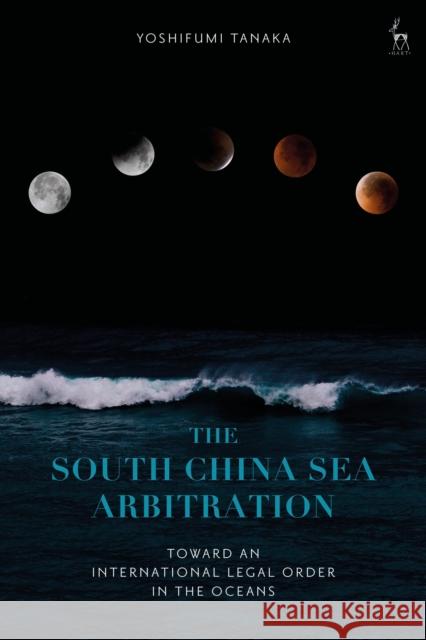The South China Sea Arbitration: Toward an International Legal Order in the Oceans » książka
topmenu
The South China Sea Arbitration: Toward an International Legal Order in the Oceans
ISBN-13: 9781509924813 / Angielski / Twarda / 2019 / 312 str.
The South China Sea Arbitration: Toward an International Legal Order in the Oceans
ISBN-13: 9781509924813 / Angielski / Twarda / 2019 / 312 str.
cena 484,79
(netto: 461,70 VAT: 5%)
Najniższa cena z 30 dni: 470,97
(netto: 461,70 VAT: 5%)
Najniższa cena z 30 dni: 470,97
Termin realizacji zamówienia:
ok. 30 dni roboczych
Dostawa w 2026 r.
ok. 30 dni roboczych
Dostawa w 2026 r.
Darmowa dostawa!
Kategorie:
Kategorie BISAC:
Wydawca:
Hart Publishing
Język:
Angielski
ISBN-13:
9781509924813
Rok wydania:
2019
Ilość stron:
312
Waga:
0.61 kg
Wymiary:
23.39 x 15.6 x 1.91
Oprawa:
Twarda
Wolumenów:
01
Dodatkowe informacje:
Bibliografia
Obwoluta
Obwoluta











